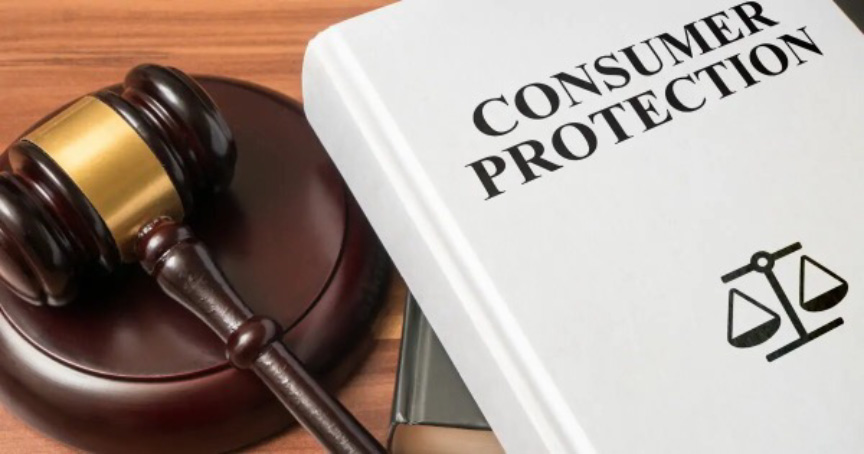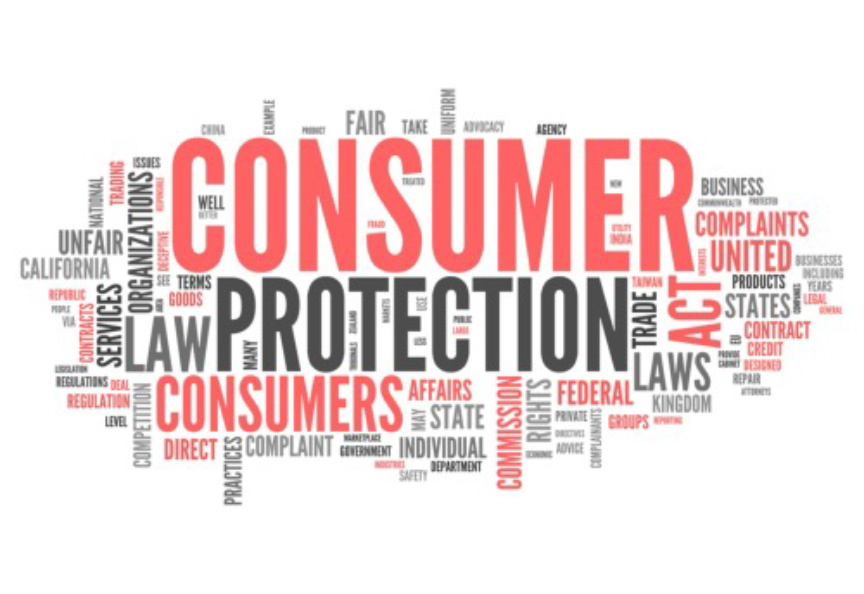History of Consumer Protectionism in Law and Practice in the US
by David Speer
Consumer protectionism in the United States has a rich and complex history, going back multiple decades. It has evolved significantly over the years to address the changing needs and challenges consumers face. From the early days of limitation of liability to the present era of consumer advocacy, the consumer protection environment has undergone significant conversion.
Significant legislative achievements like the Federal Trade Commission Act and the Consumer Product Safety Act have greatly influenced US consumer protection laws and practices. These developments have a deep impact on the marketplace, promoting fair business practices and safeguarding consumer rights.

What Were the Early Beginnings of Consumer Protection?
The early 20th century saw the dawn of consumer protection in the US, amidst rapid industrialization and urbanization. Concerns about product safety and quality led to the 1906 Pure Food and Drug Act, which prevented the sale of adulterated and misbranded food and drugs. This law established the FDA, responsible for ensuring product safety and accurate labeling.
A 2023 Pew Research Center survey found that 72% of Americans believe the government is responsible for ensuring product safety and quality, highlighting the significance of this legislation in the history of US consumer protection.
Applying the Foundation in the Progressive Era
The Progressive Era, spanning from the late 19th to the early 20th century, marked a pivotal time in consumer protection history. During this period, social and political reformers sought to address the negative consequences of industrialization and urbanization. Key moments include:
The Federal Trade Commission Act of 1914
During the Progressive Era, there was a strong push for reforms to protect consumers. The Federal Trade Commission Act of 1914 was a pivotal piece of legislation that established the Federal Trade Commission (FTC). The FTC was created to prevent unfair business practices and promote consumer rights, focusing on issues like false advertising and anti-competitive behavior.
The Clayton Antitrust Act of 1914
Complementing the FTC Act, the Clayton Antitrust Act of 1914 aimed to promote fair competition and prevent monopolistic practices that could harm consumers. This act targeted specific business behaviors, such as price prejudice and exclusive dealing agreements, which were seen as detrimental to consumer interests.
Strengthening Consumer Protections in Mid-20th Century
The mid-20th century marked a significant turning point in consumer protection, with various moments strengthening consumer rights and shaping the modern consumer protection landscape. Key developments include:
The Consumer Product Safety Act of 1972
The mid-20th century saw significant advancements in consumer protection. The Consumer Product Safety Act of 1972 was a vital time that led to the establishment of the Consumer Product Safety Commission (CPSC). The CPSC was empowered to set safety standards for consumer products, conduct research on potential hazards, and issue recalls for dangerous products.
The Magnuson-Moss Warranty Act of 1975
The Magnuson-Moss Warranty Act of 1975 was another important development. This act aimed to improve the reliability and transparency of consumer product warranties. It required manufacturers and sellers to provide clear and detailed information about warranty terms, helping consumers make informed purchasing decisions.
Adapting to New Challenges in the Late 20th Century
The late 20th century to the present has seen significant evolution in consumer protection, driven by technological advancements, globalization, and shifting consumer behaviors. Key developments include:
The Truth in Lending Act of 1968
As consumer markets evolved, so did the challenges faced by consumers. The Truth in Lending Act of 1968 addressed growing concerns about credit and lending practices. This act required lenders to disclose essential information about loan terms, including interest rates and fees, enabling consumers to compare and make informed choices about credit products.
The Fair Credit Reporting Act of 1970
In the realm of consumer finance, the Fair Credit Reporting Act of 1970 aimed to protect consumers' privacy and ensure the accuracy of their credit information. This act regulated credit reporting agencies and provided consumers with the right to access and correct their credit reports.
The Dodd-Frank Wall and Consumer Protection Act of 2010
The 21st century brought new challenges, particularly in the wake of the 2008 financial crisis. The Dodd-Frank Wall Street Reform and Consumer Protection Act of 2010 was a comprehensive response to these challenges. The act established the Consumer Financial Protection Bureau (CFPB), an agency dedicated to overseeing and enforcing consumer protection laws in the financial sector.
What Are the Challenges in Implementing Consumer Protection?
Regulatory agencies like the FDA, FTC, CPSC, and CFPB enforce consumer protection laws through inspections, investigations, and enforcement actions. Consumer advocacy organizations supplement government efforts, conducting research, advocating for stronger regulations, and supporting consumers.
To make informed decisions and be aggressive, consumers must be educated and aware of their rights. For more information Visit ConsumerShield, a consumer rights protection group that educates people about their rights and connects them with trusted legal experts to protect them. By working together, regulatory agencies, consumer advocacy organizations, and informed consumers can create a more strong and effective consumer protection framework.

Why Understanding Consumer Protection Laws Matters?
Understanding consumer protection laws is essential for consumers to explore the marketplace with confidence and protection. By empowering consumers to make informed decisions and assert their rights, these laws promote fair business practices, holding companies accountable for their actions and fostering a level playing field. Strong regulations encourage responsible corporate behavior, prioritizing consumer safety, transparency, and fairness, leading to trust and loyalty among customers.
What is the Future of Consumer Protection?
As technology advances, new consumer protection challenges emerge, including data privacy, cybersecurity, and online fraud, necessitating updated regulations and innovative enforcement strategies. International collaboration is important in the globalized market, addressing issues like global supply chains, fake products, and online marketing. Future efforts must also address emerging concerns like environmental sustainability and ethical sourcing, ensuring consumer rights are protected in a rapidly changing world.
FAQs
What is the role of the Consumer Financial Protection Bureau (CFPB)?
The CFPB is responsible for enforcing consumer protection laws in the financial sector. It oversees practices related to mortgages, credit cards, loans, and other financial products to ensure fair treatment and transparency for consumers.
How can I file a complaint if I believe my consumer rights have been violated?
You can file a complaint with the relevant regulatory agency, such as the FTC, FDA, CPSC, or CFPB. Many consumer advocacy organizations also provide resources and assistance for filing complaints and seeking redress.
Conclusion
The history of consumer protectionism in the US is a commitment to ongoing efforts to safeguard consumer rights and promote fair business practices. From early legislation like the Pure Food and Drug Act of 1906 to modern regulations such as the Dodd-Frank Act, consumer protection laws have evolved to address the changing needs and challenges of the marketplace.
By understanding these laws and staying informed, consumers can explore the marketplace with confidence and advocate for their rights effectively.
 >
>